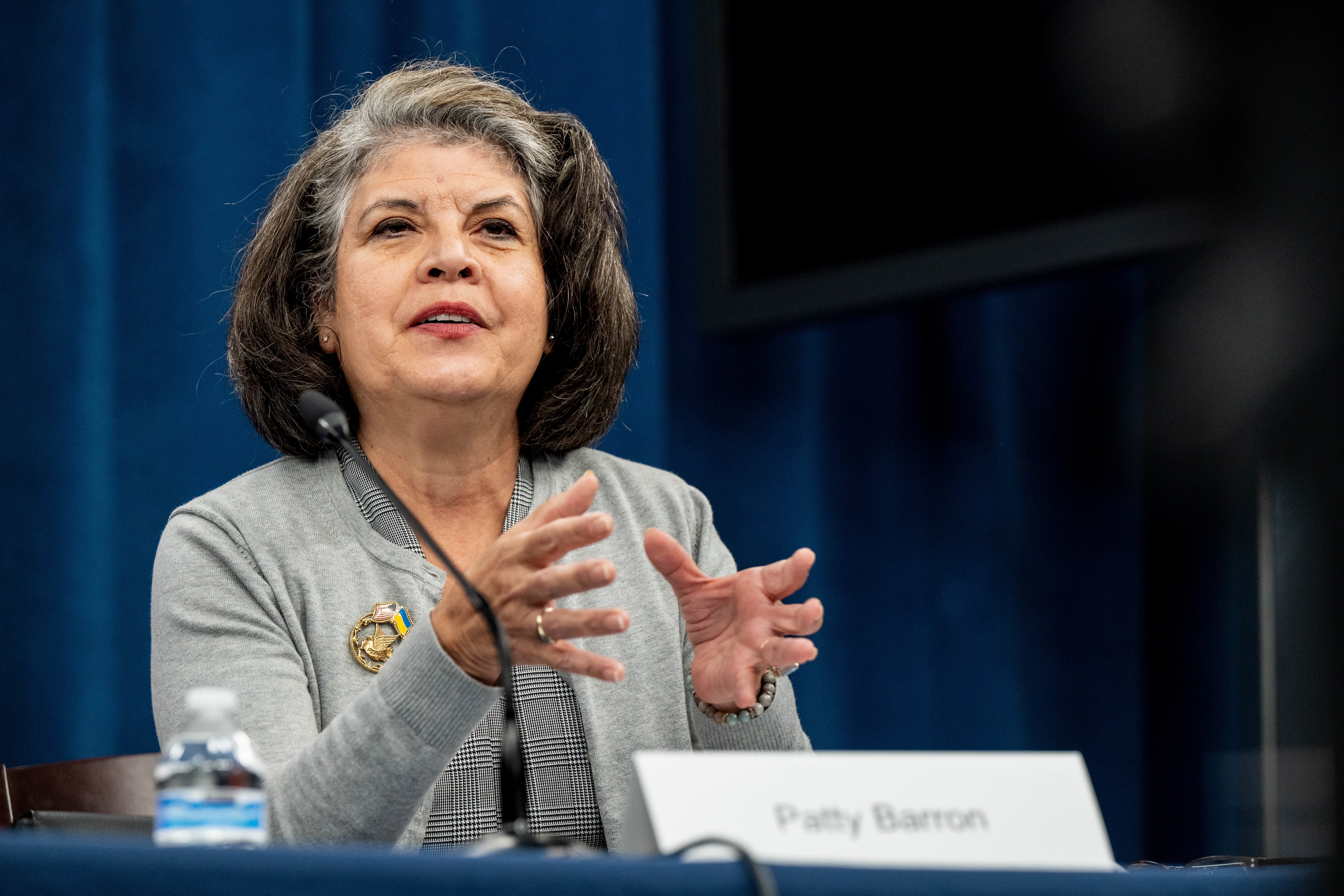While there has always been a deep appreciation for the sacrifices and dedication of our uniformed services, national support for service members and veterans has been particularly strong in recent decades. Yet, full resourcing is always difficult, and the military is only one part of a limited national budget that must address a wide range of priorities. Even within the Defense Department, resources must be carefully balanced between modernization, training, operations and caring for those who serve and their families. Tough decisions are made with careful thought, but finding the right balance remains a central challenge.
Having managed the U.S. Air Force’s manpower and personnel portfolios, I understand the need to make difficult budgetary decisions, and I understood when we sometimes had to prioritize modernization and operational capabilities over legitimate people needs.
However, it is disheartening to hear decision-makers downplay and dismiss a clear priority — the fair compensation of our junior enlisted service members — when the real issue is insufficient funding and not a lack of need. Our junior enlisted personnel play a critical role in safeguarding our nation’s security, and their strategic importance in maintaining a strong, capable and ready force must remain a top priority.
RELATED

In this context, the April 2024 report from the bipartisan Quality of Life (QOL) Panel for the House Armed Services Committee, led by Rep. Don Bacon, R-Neb., and Rep. Chrissy Houlahan, D-Pa., becomes particularly significant.
The report highlighted the substantial financial difficulties faced by junior enlisted members and made clear the need to improve their financial well-being to address systemic challenges that affect recruitment, retention, family stability and overall force readiness. The panel recommended a 4.5% pay raise for all service members and an additional 15% increase for those ranked E-1 to E-4.
The Military Officers Association of America and fellow military advocacy organizations embraced the move to support these young service members. But despite compelling evidence, opposition from the White House, DOD and lawmakers on both sides of the aisle dismissed these recommendations. Critics framed the issue as a false dilemma between funding new weapons systems or increasing pay, instead of making the case that both might be necessary.
Some examples of the flawed rationale:
- Quadrennial Review of Military Compensation: Some argued any pay raises should wait until the next Quadrennial Review of Military Compensation (QRMC) report is released. But QRMC members informed the QOL Panel’s findings, and waiting means no additional support for these families for years — likely until 2027.
- Pay compression: Others asserted a targeted raise would compress pay for midcareer personnel — in other words, service members would no longer receive appropriate financial reward for reaching beyond the junior pay grades. This argument failed to mention compression already exists within the current pay table at both the E7-to-E8 levels and E1-to-E3 levels with little impact. This argument also leaves out other components of full military compensation. Under the new tables, for instance, an E-4 with four years of service would receive an 8% pay raise when considering all base pay and allowances, which falls within the Society for Human Resource Management-recommended 7-12% pay increase when receiving a promotion.
- External factors: Critics have also suggested the pay raise wouldn’t solve recruitment and retention challenges. While pay is clearly not the only issue impacting recruiting, 51% of potential recruits cite pay as a primary factor influencing their decision to enlist. As for retention, with unemployment among junior enlisted spouses 10% higher than all other military spouses and DOD data showing up to 25% face food insecurity, junior members who have little or no economic margin for error can be forced to consider leaving the services as they stretch their income to make ends meet.
‘Generational investment’
Sen. Roger Wicker, R-Miss., ranking member of the Senate Armed Services Committee, rightly points out the need for a “generational investment” in the military to meet rising threats. A pay adjustment for junior enlisted personnel should be part of this broader investment, not an either-or choice.
The most junior of our uniformed services will carry the heaviest burdens for our nation in the years ahead. Investing in them now is essential. While the pay raise targeted by the QOL Panel would be well-deserved, I understand the full 19.5% increase might not be possible given the many priorities our nation must address. But ignoring and dismissing the clear indicators of need, doing nothing or simply deferring action should not be an acceptable option.
As Congress reconciles its annual National Defense Authorization Act, the Military Officers Association of America urges lawmakers to show the same dedication to those who serve as these individuals have shown to our nation and authorize additional funding at a level that makes a difference for those who we depend on and need the most.
U.S. Air Force Lt. Gen. Brian T. Kelly (ret.) is the president and CEO of the Military Officers Association of America, which advocates on behalf of all who serve and have served, their families and their survivors, regardless of rank or branch of service.





